SOURCE: AFI
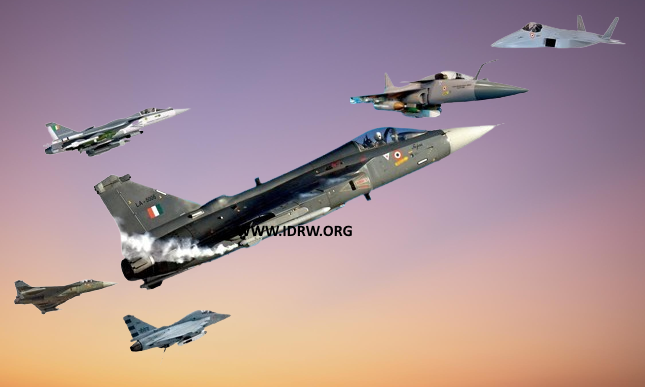

The Light Combat Aircraft (LCA) Tejas program, one of India’s most ambitious Indigenous defence projects, has been a journey of innovation, persistence, and national pride. Here are some intriguing facts that highlight the narrative of the Tejas.
The LCA project was first conceived in 1983 with the goal to replace the aging MiG-21 fleet. However, it wasn’t until February 2001 that the first Tejas prototype took to the skies, marking a development period of nearly two decades. This long gestation underscores the challenges of indigenous aircraft development in India.
Continue readingSOURCE: AFI
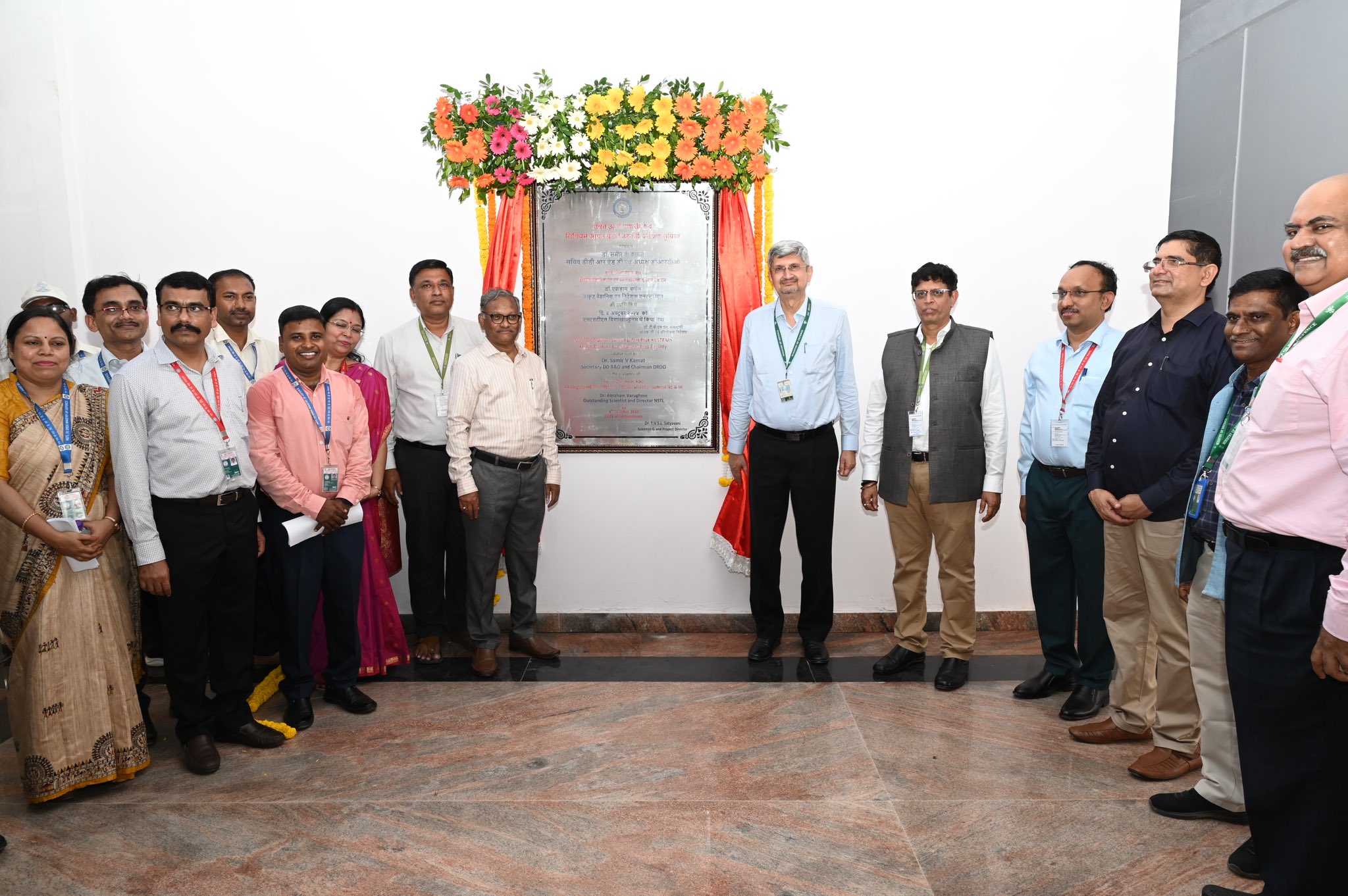

In a significant step towards enhancing India’s naval capabilities, a state-of-the-art land-based submarine battery test facility was inaugurated at the Naval Science and Technological Laboratory (NSTL) on October 4, 2024, by Dr. Samir V Kamat, Chairman of the Defence Research and Development Organisation (DRDO). The facility focuses on testing and developing Lithium-Ion (Li-Ion) batteries, which are crucial for the future of India’s submarine fleet.
The newly commissioned facility, part of the ‘Indigenously Designed, Developed and Manufactured’ (IDDM) initiative, is a result of a collaboration with HBL Power Systems Limited under a Transfer of Technology (ToT) agreement. This partnership aims to harness HBL’s expertise in battery technology for defense applications, ensuring that the Indian Navy can benefit from cutting-edge, home-grown solutions.
Continue readingSOURCE: IDRW.ORG.


In a significant recommendation to address potential delays in the procurement of critical fighter jets, a Parliamentary Committee has suggested that the Government of India should consider the immediate acquisition of state-of-the-art fifth-generation fighter aircraft. This comes in light of concerns regarding delays in the procurement of 114 Multi-Role Fighter Aircraft (MRFA) and the indigenous LCA-Tejas program, both of which are essential to bolstering the combat capabilities of the Indian Air Force (IAF).
The MRFA program is a critical initiative aimed at inducting 114 advanced fighter jets to replace the aging fleet of aircraft in the IAF’s inventory. Simultaneously, the indigenously developed LCA-Tejas program is expected to supplement the IAF’s capabilities with modern, light combat aircraft designed to meet the unique operational requirements of the force. However, delays in these procurements have raised concerns about maintaining the IAF’s combat readiness in the face of evolving regional security challenges.
Continue readingSOURCE: IDRW.ORG.


The Indian Navy has clarified its long-term aviation strategy, confirming that the 26 Rafale M fighter jets being procured will serve as stop-gap aircraft until the Twin Engine Deck-Based Fighter (TEDBF) is cleared for production, anticipated in 2033. These interim fighters will replace the aging MiG-29K fleet starting in 2035, ensuring that the Navy retains its combat edge until the indigenous TEDBF enters service.
The Navy has outlined that the Rafale M acquisition is a short-term measure to address immediate operational needs for its aircraft carriers, INS Vikramaditya and the newly commissioned INS Vikrant. While the Rafale M offers advanced capabilities, including compatibility with carrier operations, state-of-the-art sensors, and cutting-edge weaponry, it is seen as a temporary solution rather than a long-term investment.
Continue readingSOURCE: AFI


In a significant push to bolster the Indian Air Force’s (IAF) combat capabilities, the Parliamentary Standing Committee on Defence has urged the Ministry of Defence (MoD) to expedite the production of the indigenous Tejas fighter jets by Hindustan Aeronautics Limited (HAL). The directive comes in light of the IAF’s diminishing squadron strength, which has been a concern for national defense preparedness.
The committee, led by BJP MP Radha Mohan Singh, presented its report on Tuesday in Parliament, highlighting the urgency of the situation. The report specifically addresses the delay in the delivery of the Tejas Mk-1A jets, part of a substantial order valued at Rs 48,000 crore. Originally, deliveries were slated to commence in March, but to date, not a single aircraft has been handed over to the IAF.
Continue readingSOURCE: AFI
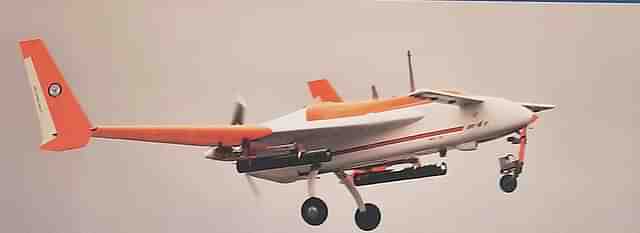

The Indian defence landscape is set to witness an evolution in unmanned aerial capabilities with the introduction of the SRUAV-Weaponised, better known as the armed variant of the Rustom-1 drone. This development signifies a pivotal shift towards enhancing India’s aerial strike capabilities through unmanned systems, with the integration of four Anti-Tank Guided Missiles (ATGMs), likely to be the advanced NAG-MK2.
Originally designed for surveillance, the Rustom-1 has been part of India’s push towards developing indigenous UAV technology under the Defence Research and Development Organisation (DRDO). The transition from a reconnaissance-only UAV to a weaponized platform marks a strategic enhancement, allowing the system to undertake offensive roles alongside its traditional ISR (Intelligence, Surveillance, and Reconnaissance) tasks.
Continue readingSOURCE: AFI
)

The Comptroller and Auditor General (CAG) of India has recently tabled a report in Parliament highlighting significant concerns with the Indian Air Force’s (IAF) Pilatus PC-7 Mk-II aircraft. These aircraft, which have been pivotal in providing ‘Stage-1’ flying training to IAF pilots since May 2013, are facing critical operational issues, notably engine oil leaks.
The CAG’s audit, which spanned from 2016 to 2021, revealed that out of the 64 Pilatus PC-7 Mk-II aircraft in service, 16 aircraft (25 percent) experienced 38 instances of engine oil leaks during this period. This equipment malfunction poses a notable challenge to the safety and efficiency of pilot training programs.
Continue readingSOURCE: AFI


In a distressing incident on the waters near Karanja, Mumbai, an Indian Navy craft collided with the passenger ferry Neel Kamal, resulting in the tragic loss of 13 lives. The victims included 10 civilians and 3 Navy personnel. The mishap occurred when the Navy speedboat, during a test run of its newly installed engine, lost control due to a stuck throttle, leading to the collision.
This incident, which took place in one of India’s busiest maritime areas, has sparked a significant debate not just about naval protocols but about the sheer lack of common sense in executing routine operations. The test was meant to ensure the functionality of the new engine, but the oversight leading to such a catastrophic event suggests a failure at multiple levels.
Continue readingSOURCE: AFI


The Indian Air Force (IAF) is grappling with a significant pilot shortage, a situation that has escalated over the recent years, as highlighted in a recent report by the Comptroller and Auditor General (CAG) of India. In February 2015, the IAF identified a shortfall of 486 pilots, a number that has unfortunately grown over time due to recruitment challenges.
From 2016 to 2021, the IAF had planned to induct 222 trainee pilots each year to address this gap. However, the actual numbers did not meet the targets, resulting in an increased deficit. By the end of 2021, the shortage had alarmingly climbed to 596 pilots, signaling a deepening crisis for one of the world’s largest air forces.
Continue readingSOURCE: RAUNAK KUNDE / NEWS BEAT / IDRW.ORG
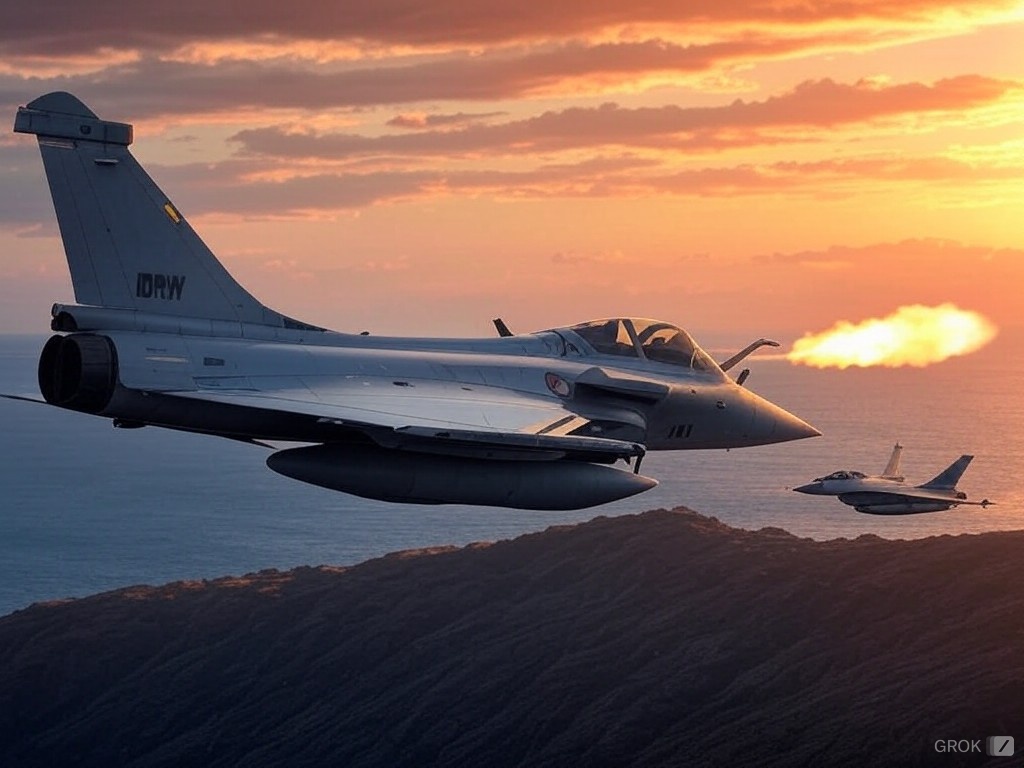

The Indian Navy has laid out an ambitious vision for its future, focusing on expanding and modernizing its carrier fleet to ensure maritime dominance in the Indian Ocean Region (IOR). This strategic initiative, which could eventually see India operate three to four aircraft carriers by 2040, reflects the country’s growing economic power and commitment to strengthening its defence capabilities, especially in the face of increasing maritime threats from neighbouring nations like Pakistan and China.
India’s current naval strategy centres around operating three aircraft carriers by 2040. The first two carriers, INS Vikramaditya and INS Vikrant, are already in service, while the third, INS Vishal, is in development, with plans to have it operational in the coming years. These carriers will form the backbone of the Indian Navy’s strategic reach in the Indian Ocean and beyond.
Continue readingSOURCE: RAUNAK KUNDE / NEWS BEAT / IDRW.ORG
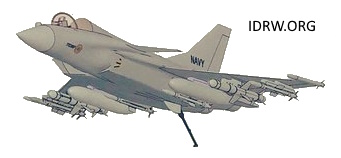

The upcoming Twin Engine Deck-Based Fighter (TEDBF), a flagship project of India’s indigenous defence aviation programs, is set to leverage Artificial Intelligence (AI) to a significant degree, inheriting advanced features from the Advanced Medium Combat Aircraft (AMCA) program. One standout capability is the AI-assisted automatic landing and take-off system, designed specifically for carrier operations. This feature is poised to elevate the safety, efficiency, and reliability of naval aviation operations, making the TEDBF a leader in its class.
Carrier-based fighter operations are among the most demanding in military aviation. Landings, in particular, involve high stress and razor-thin margins for error due to factors such as Limited deck space, Moving carriers affected by waves and wind and Unpredictable weather conditions.
Continue readingSOURCE: RAUNAK KUNDE / NEWS BEAT / IDRW.ORG


The Indian Army’s ambitious Future Ready Combat Vehicle (FRCV) program is gearing up to revolutionize its armoured fleet with cutting-edge technology and indigenous propulsion systems. Central to this initiative is the DRDO-developed Datran 1500hp engine, poised to power the new generation of main battle tanks (MBTs). This engine represents a significant leap in India’s quest for self-reliance in defence technology.
The Datran 1500hp engine is a military-grade propulsion system designed to equip the FRCV MBTs with exceptional power and performance. With a 30.1 power-to-weight ratio for a 50-ton MBT, the engine ensures enhanced mobility and operational efficiency, vital for modern combat scenarios. The engine’s reliability and indigenous design align with the Indian Army’s emphasis on reducing dependency on foreign technologies.
Continue readingSOURCE: AFI


Major General V. Arya (Retd), the Executive Director of Solar Explosives, has confirmed that the Guided Pinaka Rocket System has garnered significant interest from several countries around the globe. In a recent statement, Maj Gen Arya highlighted that Armenia has already placed orders for this advanced rocket system, marking a notable achievement in India’s defense exports.
The Guided Pinaka is an evolution of India’s indigenous multi-barrel rocket launcher, designed for extended range and precision strikes. With a capability to reach targets between 75 to 90 kilometers, this system represents a significant upgrade from its unguided predecessor. The technological advancements include a navigation, guidance, and control kit, enhancing its effectiveness against targets at a distance with pinpoint accuracy.
Continue readingSOURCE: AFI


In a recent interview with AFI, Defence Analyst Ranesh Rajan expressed concerns regarding the potential strategic implications of Pakistan acquiring the fifth-generation J-35A stealth fighter jet in the upcoming years. Rajan highlighted that this development might push India into a scenario of “panic buying” to counterbalance the new aerial threat in the region.
Rajan recalled historical precedents, stating, “When Pakistan got F-16s, IAF panicked and went on to procure Mirage-2000s and Mig-29s as a countermeasure.” He pointed out that the Pakistan Air Force (PAF) aimed to operate around 110 F-16s, which in turn compelled the Indian Air Force (IAF) to quickly acquire 40 Mirage-2000s and 80 Mig-29s. This reaction was driven by the need to maintain air superiority in response to Pakistan’s advancements.
Continue readingSOURCE: AFI


The adaptation of air-to-air missiles for surface-to-air applications has been a notable strategic move by both the Ukrainian Armed Forces and the Indian Air Force (IAF). Here’s a comparative analysis of how each has utilized Soviet/Russian missile technology in their own innovative ways:
The Ukrainian military has modified its Soviet-era 9K33 Osa (SA-8 Gecko) short-range air defence systems to fire R-73 (NATO reporting name: AA-11 Archer) air-to-air missiles. This modification was part of a project supported by the Ukrainian charity, “Come Back Alive,” which aimed to enhance Ukraine’s air defence capabilities amidst ongoing conflicts.
Continue reading